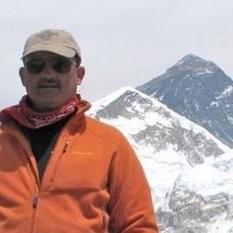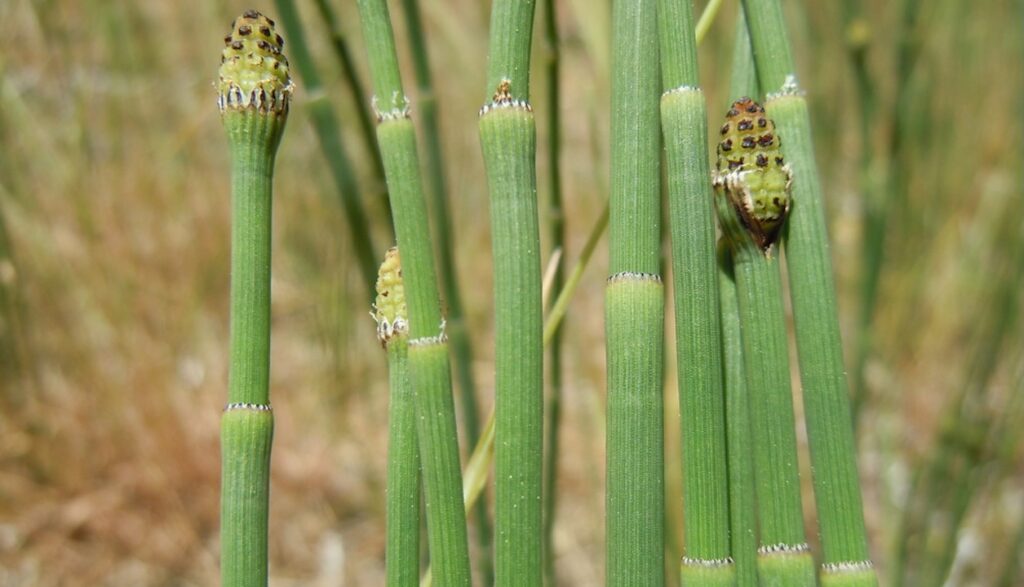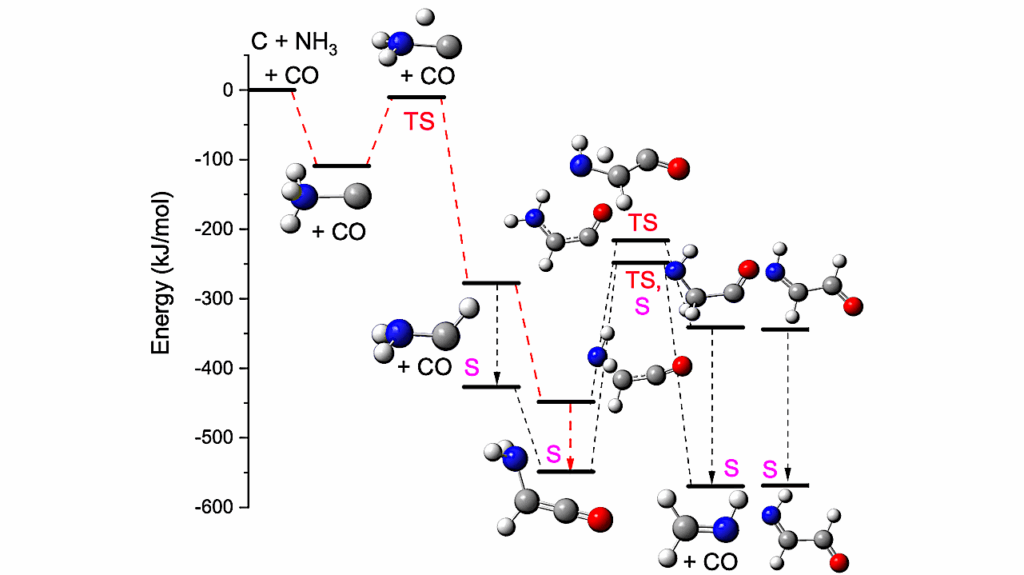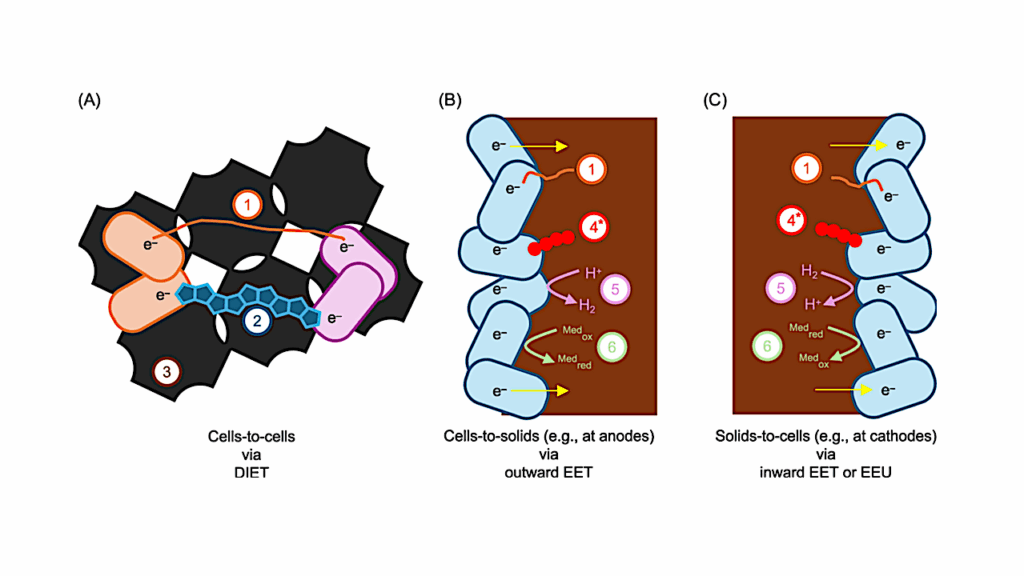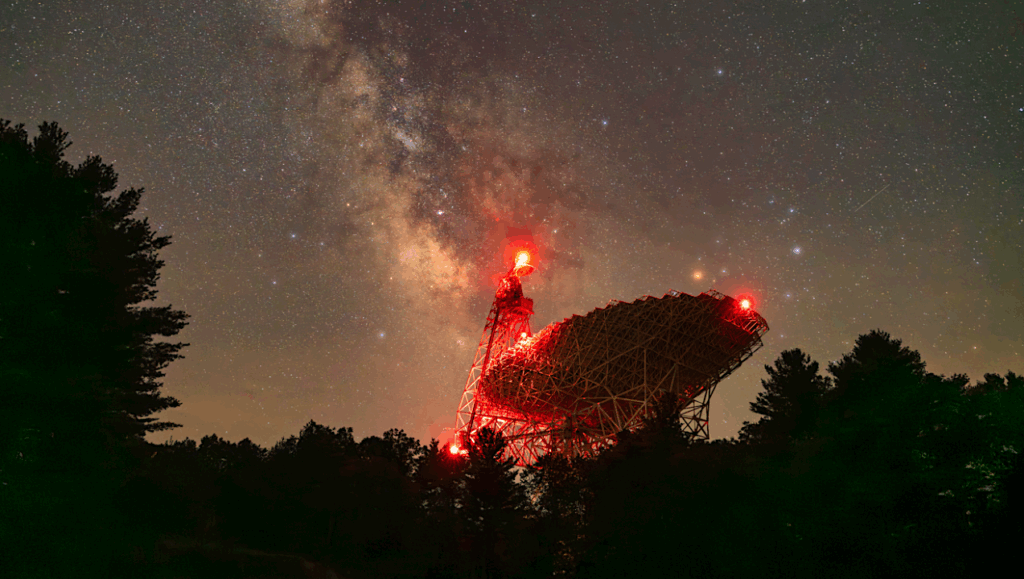Amazing Structural Diversity Of Giant Virus-like Particles In Forest Soil
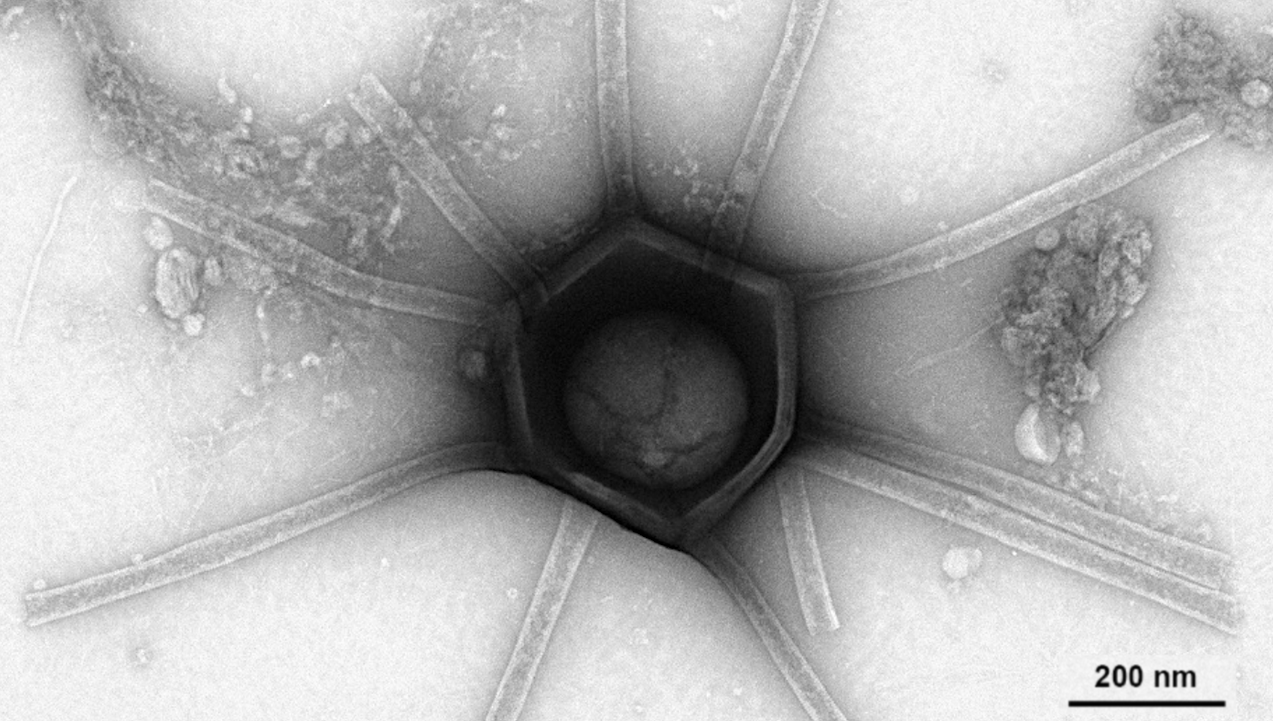
Large DNA viruses of the phylum Nucleocytoviricota infect diverse eukaryotic hosts from protists to humans, with profound consequences for aquatic and terrestrial ecosystems. While nucleocytoviruses are known to be highly diverse in metagenomes, knowledge of their capsid structures is restricted to a few characterized representatives.
Here, we visualize giant virus-like particles (VLPs, diameter >0.2 µm) directly from the environment using transmission electron microscopy. We found that Harvard Forest soils contain a higher diversity of giant VLP morphotypes than all hitherto isolated giant viruses combined.
These included VLPs with icosahedral capsid symmetry, ovoid shapes similar to pandoraviruses, and bacilliform shapes that may represent novel viruses. We discovered giant icosahedral capsids with structural modifications that had not been described before including tubular appendages, modified vertices, tails, and capsids consisting of multiple layers or internal channels. Many giant VLPs were covered with fibers of varying lengths, thicknesses, densities, and terminal structures.
These findings imply that giant viruses employ a much wider array of capsid structures and mechanisms to interact with their host cells than is currently known. We also found diverse tailed bacteriophages and filamentous VLPs, as well as ultra-small cells.
Our study offers a first glimpse of the vast diversity of unexplored viral structures in soil and reinforces the potential of transmission electron microscopy for fundamental discoveries in environmental microbiology.
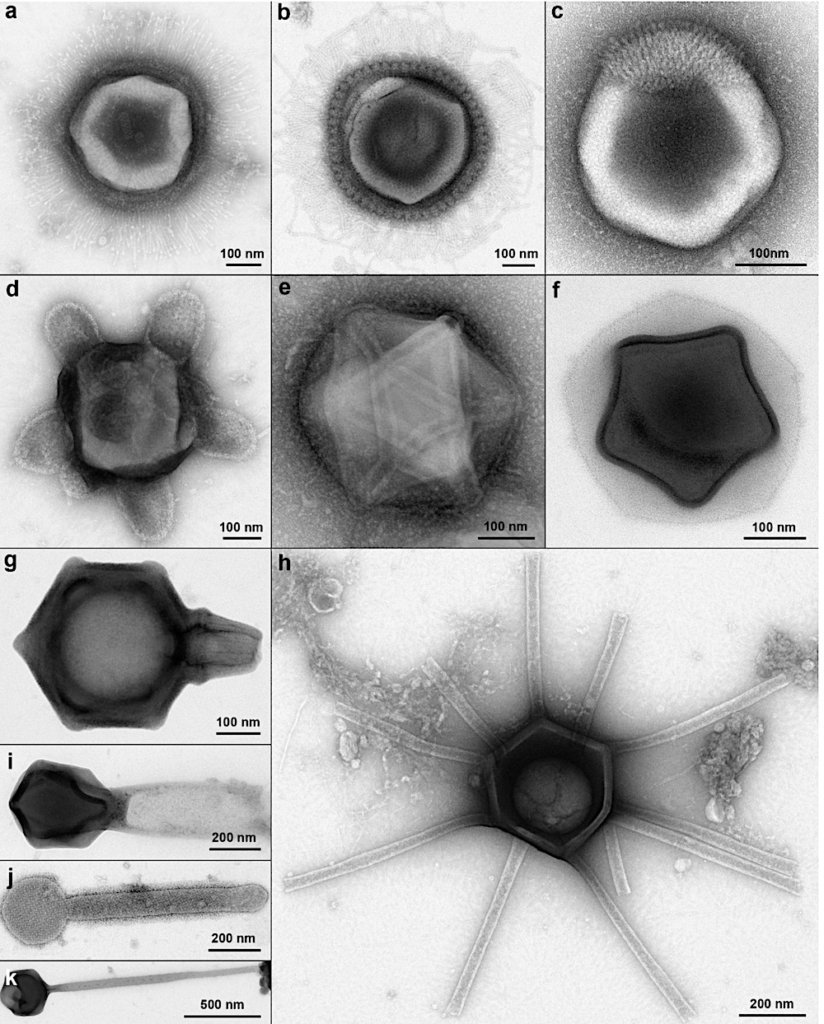
Morphotypes of giant virus-like particles with unique structural features from Harvard Forest soil. a) “Mimi-like” morphotype. b) “Supernova” morphotype. c) “Haircut” morphotype. d) “Turtle” morphotype. e) “Plumber” morphotype. f) “Christmas star” morphotype. g) “Flacon” morphotype. h) “Gorgon” morphotype. i)-k) Large VLPs with tail structures. — biorxiv.org
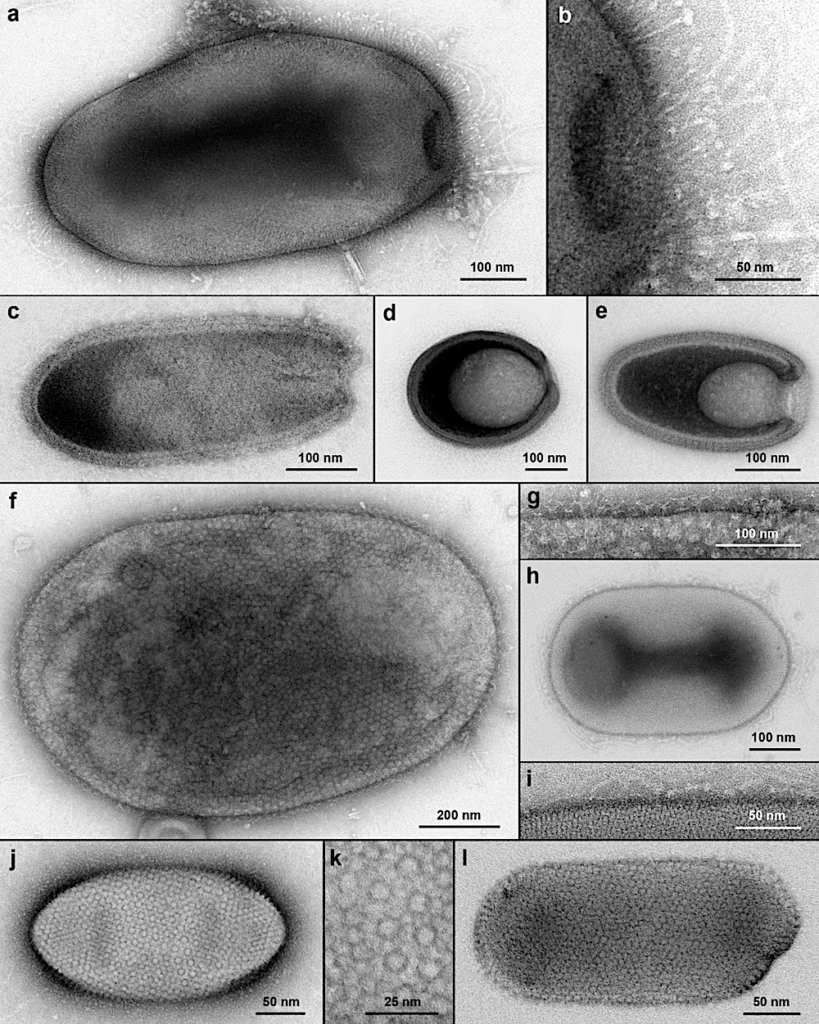
Ovoid particles from Harvard Forest soil. a) 630×330 nm particle with a ≈80 nm wide pore, partially covered in ≈40 nm long fibers with globular tips. A few longer fibers protrude from the pore apex. b) High magnification view of the VLP in a). c) 460×200 nm particle with regular surface pattern and a ≈50 nm wide pore. d) 355×275 nm particle with a ≈60 nm wide pore, covered in a dense layer of 10-15 nm long fibers and a less dense layer of 50-200 nm long fibers. e) 310×180 nm particle with a 75 nm wide pore connected to an internal cavity that penetrates ≈135 nm into the particle. f) 1170×730 nm particle with ≈11 nm large surface subunits, covered with ≈15 nm long Y-shaped antennae. g) High magnification view of the particle in f). h) 470×290 nm particle with regularly arranged, ≈4 nm wide subunits. i) High magnification view of the particle in h). Single ≈4 nm wide fibers are visible on the surface. j) 265×140 nm particle with regular surface pattern. k) High magnification view of the VLP in j). — biorxiv.org
Amazing structural diversity of giant virus-like particles in forest soil, biorxiv.org
Astrobiology, Virology,

